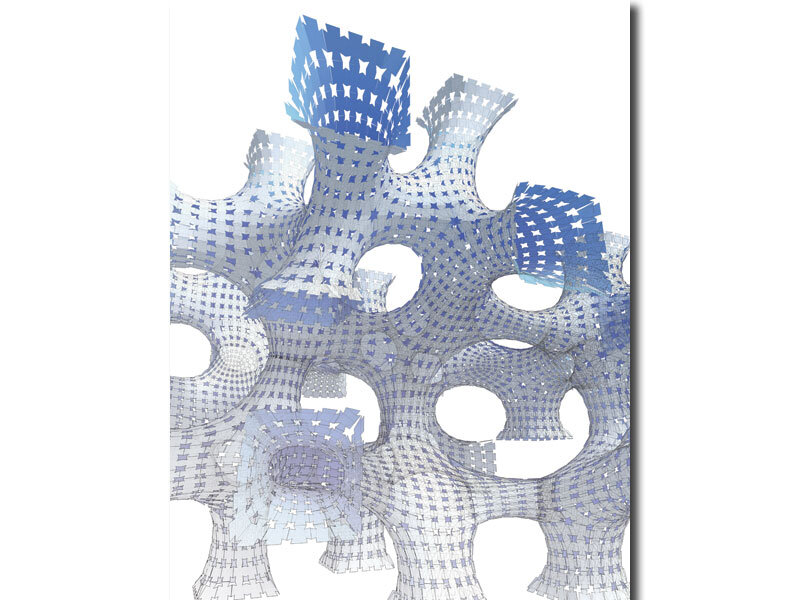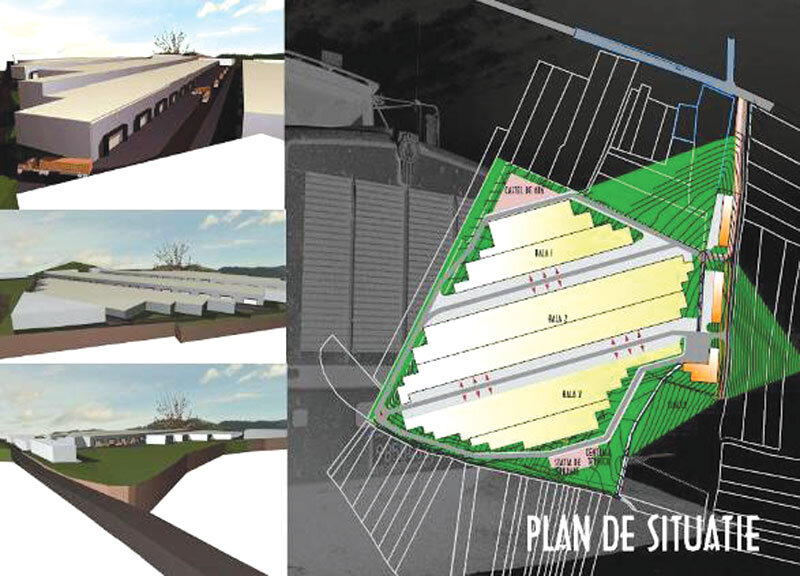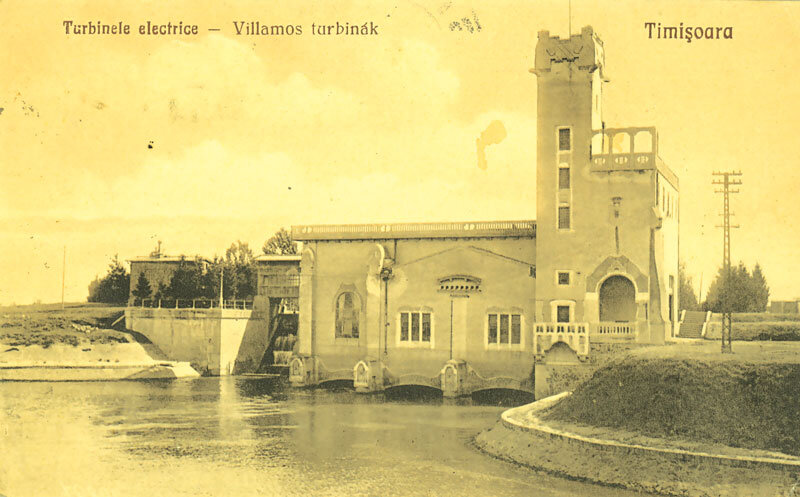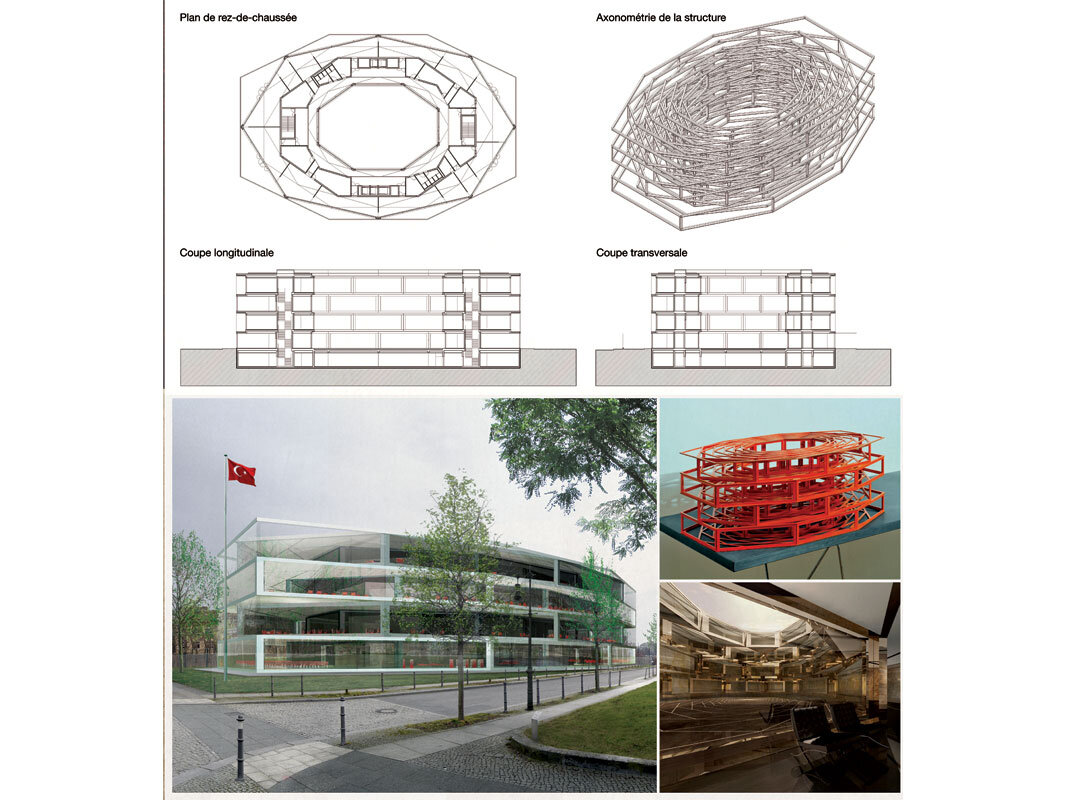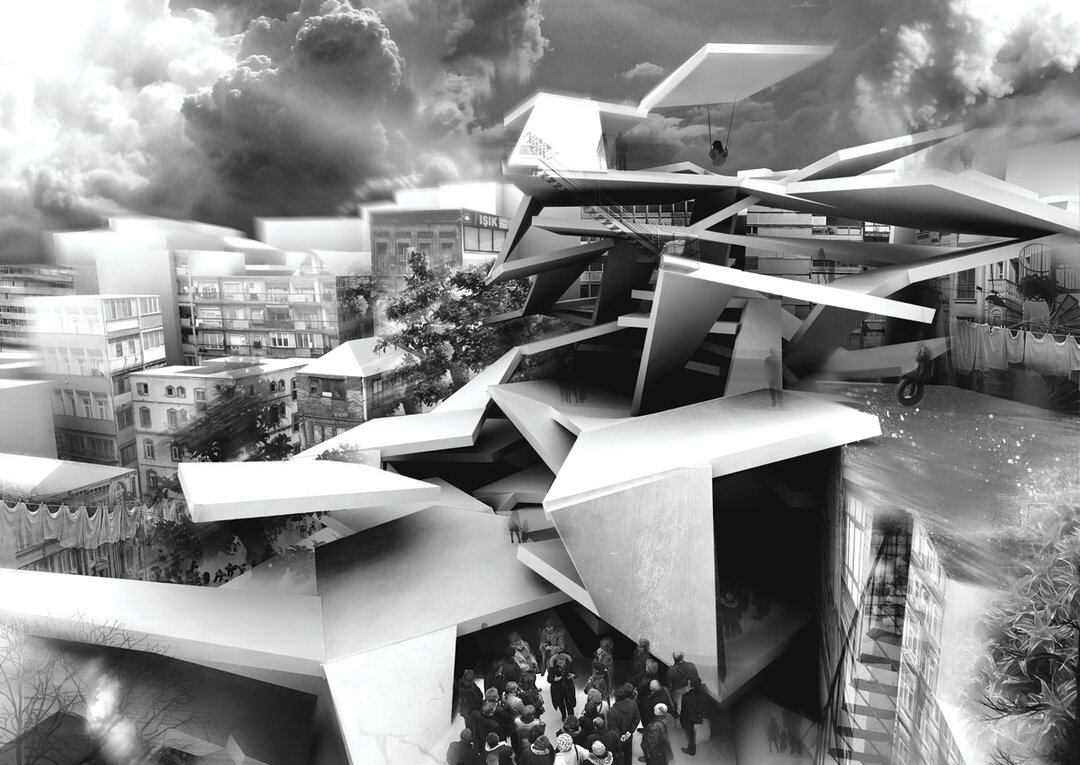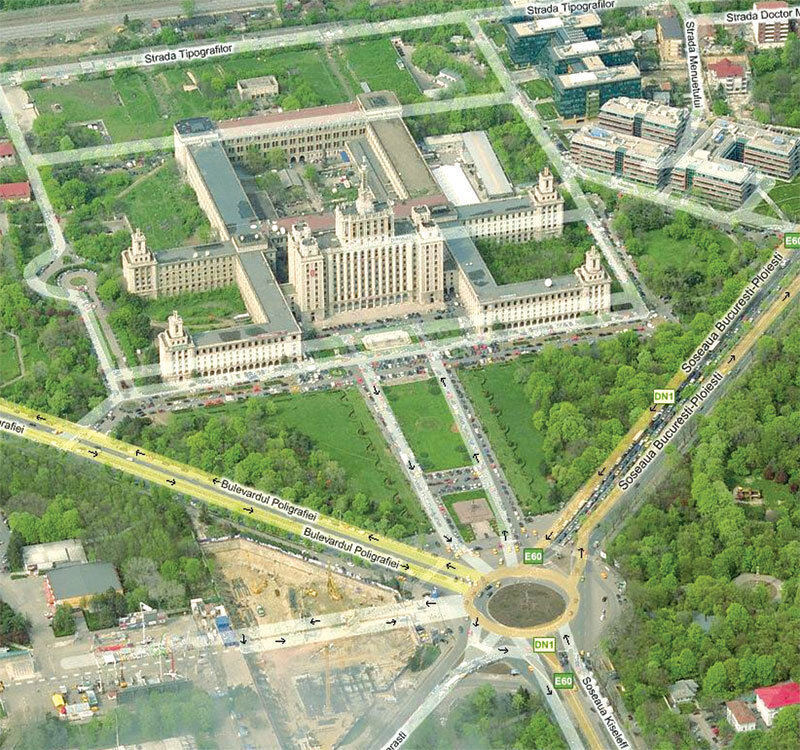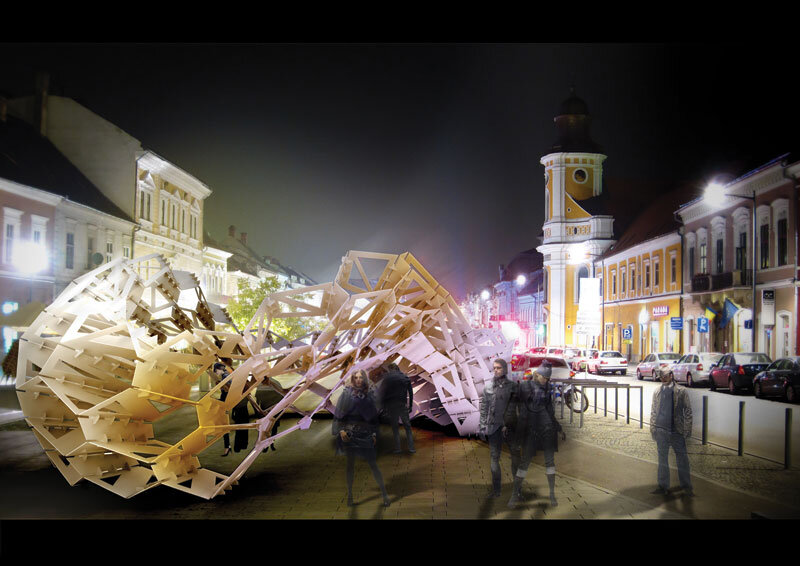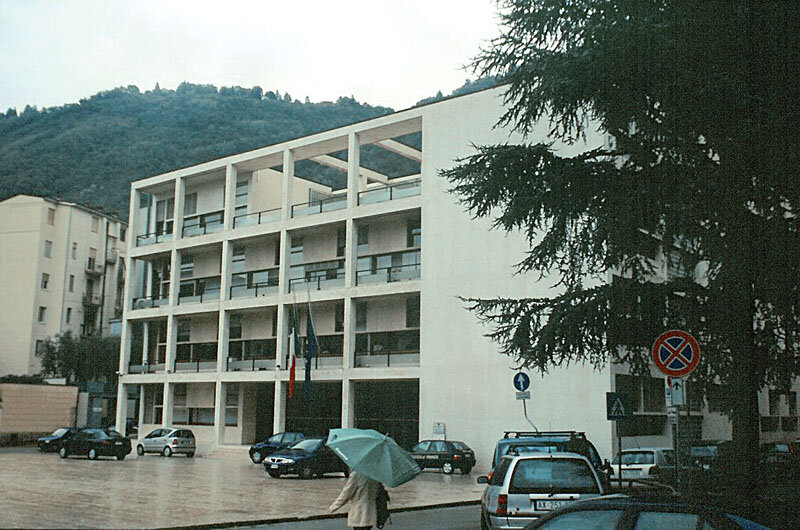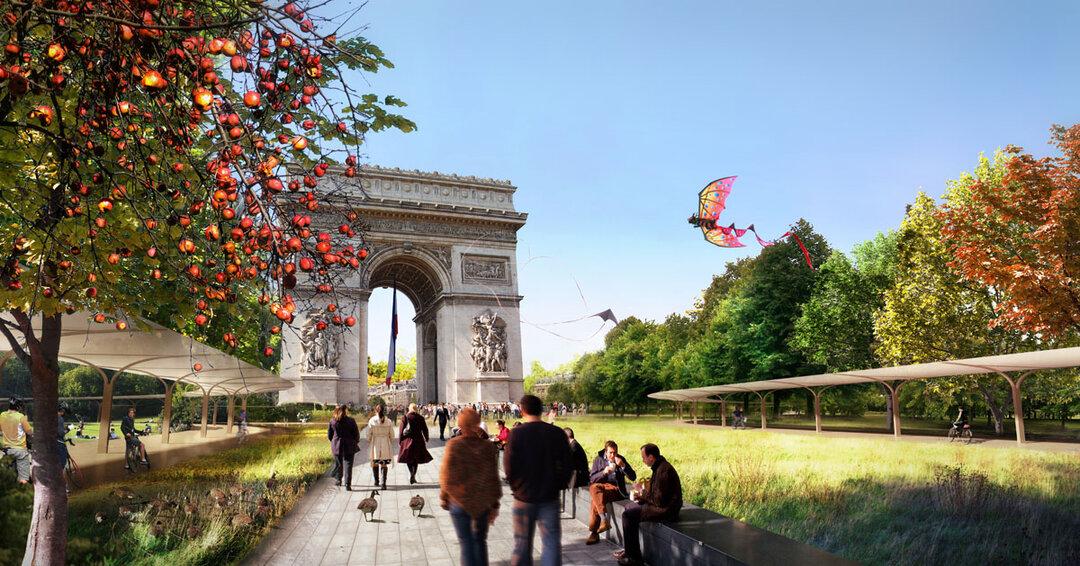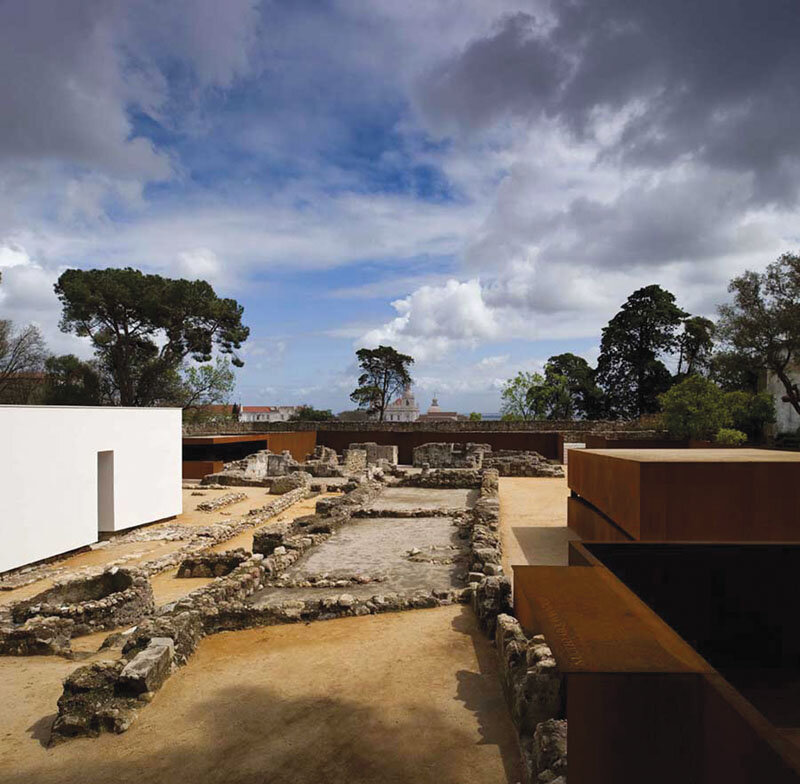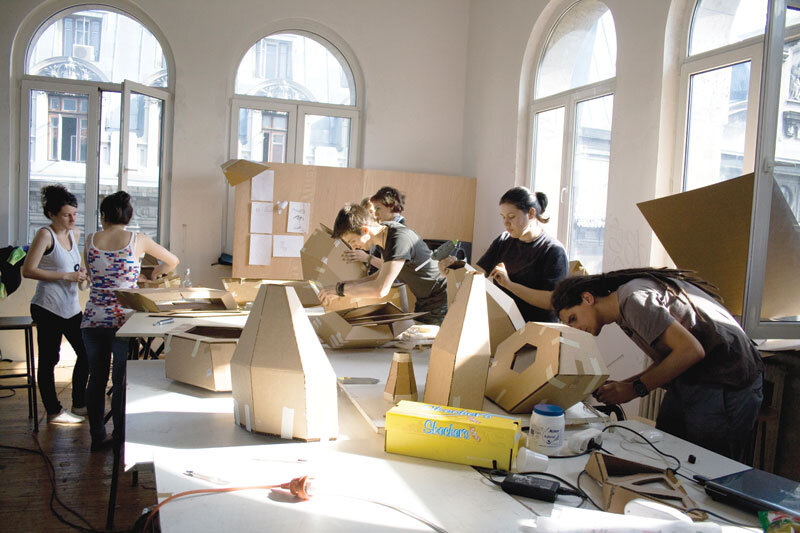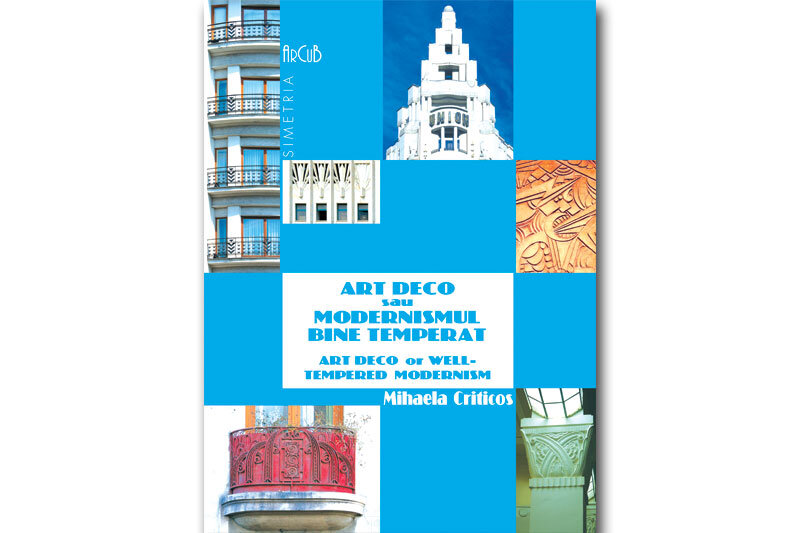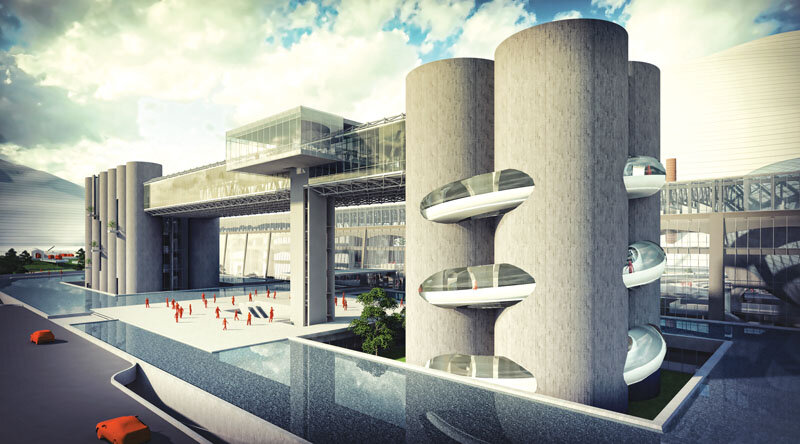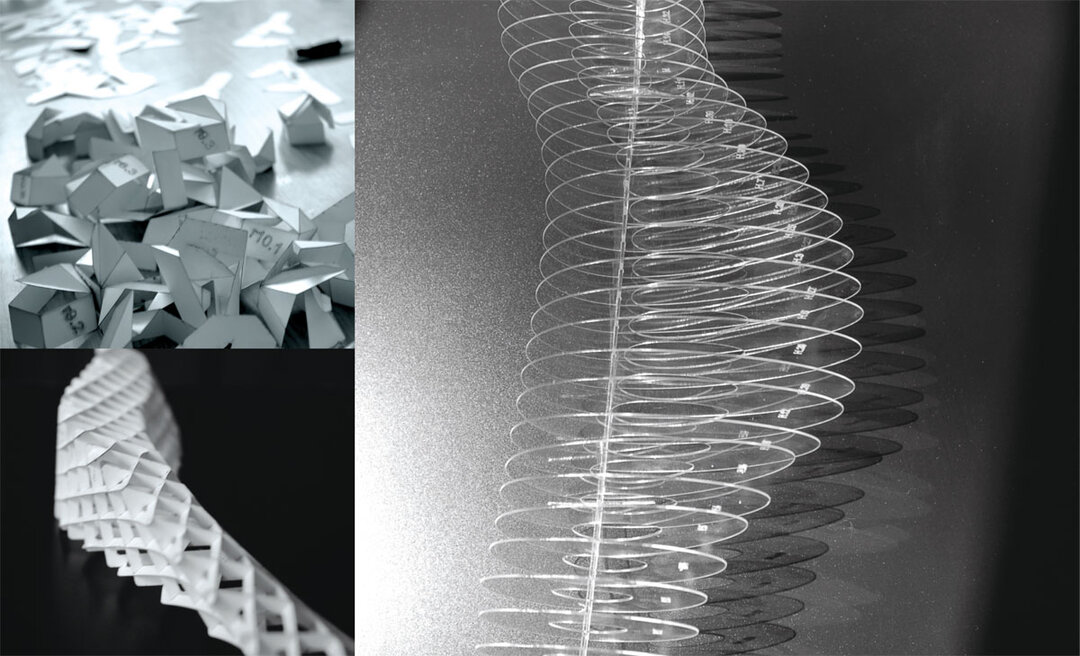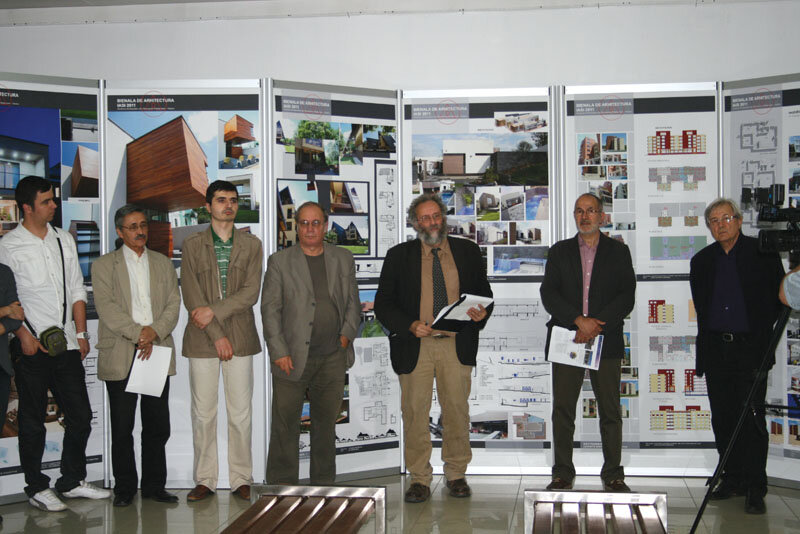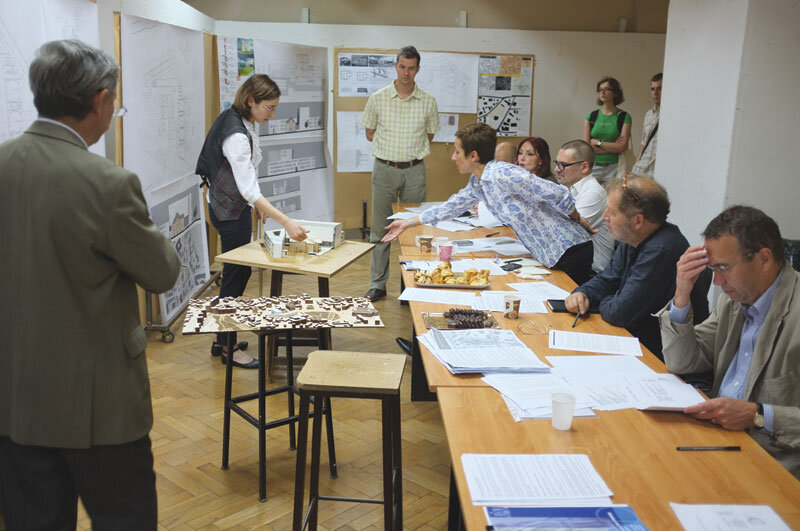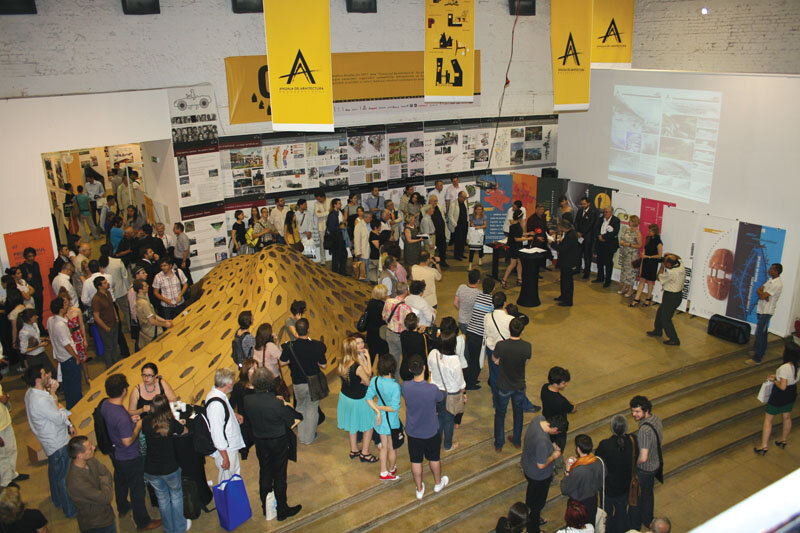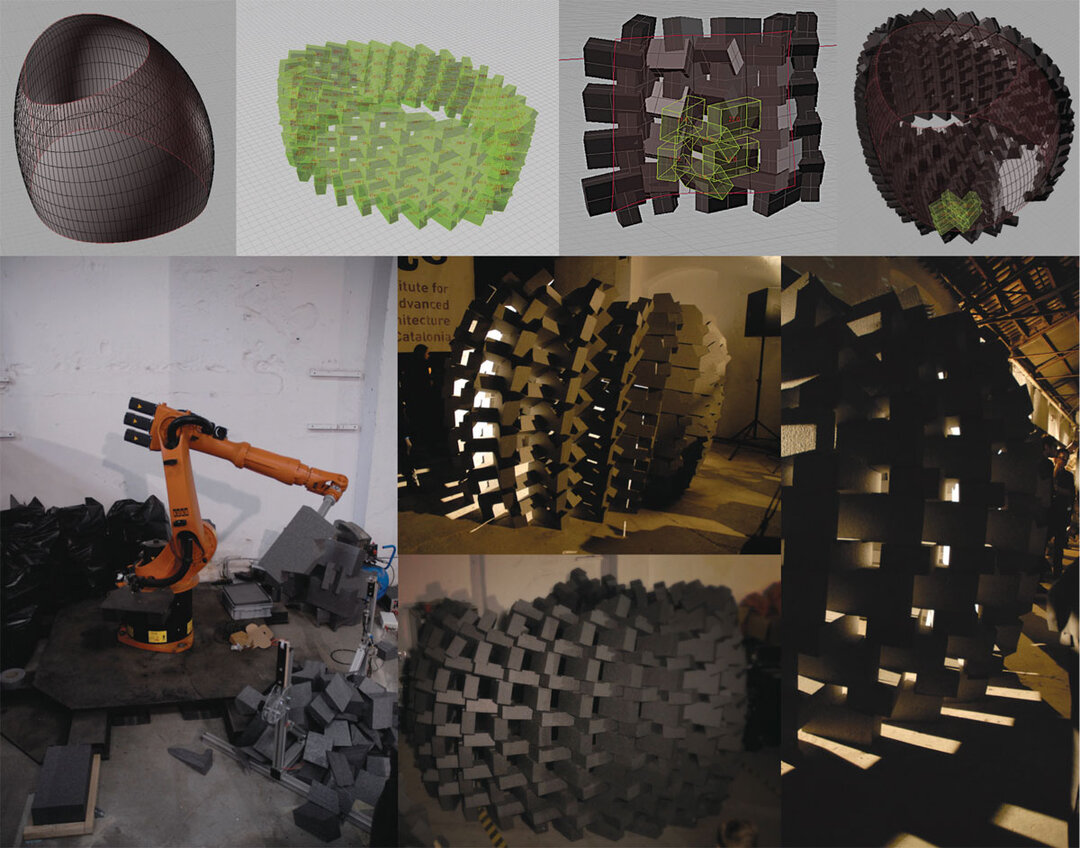
Towards a computational architecture
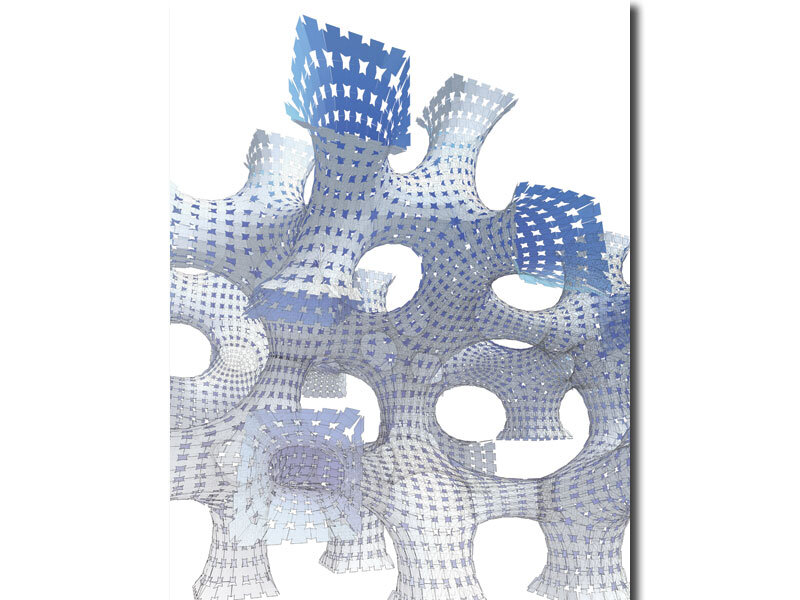

|
Architecture has always been very permeable, it has absorbed concepts that society has conveyed. Architects are in a feverish search for the novel, always trying to reinvent themselves. The consequence is that the traditionally established limits of architecture are being broken by the constant search for a principle, a technology, a tool, which becomes a generative element in the design process. In the last two decades we have witnessed an infusion of digitized technologies in architecture. They have changed the way we perceive architecture, using concepts from biology, mathematics or philosophy that they have interpreted and applied through computation. Thus contemporary discourse seems invaded by evolutionary systems, topological geometries and is marked by the search for continuity through diversity and non-linearity. Computational architecture means more than labeling this amalgam of terms, proposing the use of the computer as a tool for analysis and architectural design. Thus it transforms concepts into bit streams and generative rules, it adapts structure and function to performance parameters, it seeks form through self-organizing systems. The ability of digital technology lies in its capacity to encompass and relate a huge amount of information to generate a result that is a specific response to the complexity of today's world. This can abandon a reductionist view of the world [1] in which we are forced to understand only simplified models of the phenomena that surround us. Read the full text in Arhitectura Magazine 3 / 2011. |
| Towards a computational architecture Architecture has always been very permeable, it has absorbed concept that society was tangling with. Architects are aways in a feverish search for anew, and are always trying to reinvent themselves. the consequence for that is the trespassing of the limits that already have been established by tradition in architecture, the constant search for a new principle, a new technology, a new tool to use as a generating element in the design process. In the last two decades we have witnessed an infusion of digital technology in architecture. These technologies have changed the way that we perceive architecture, using concept from biology, mathematics or philosophy that have interpreted and applied through computation. The contemporary architectural discourse seems to be invaded by evolutive systems, topological geometries and is bound to search for continuity through diversity and non-linearity. An architecture based on computation means more than labeling this amalgam of terms, it proposes the use of the computer as a tool for analysis and conceptual design. Computation will transform concepts into streams of bits and generating rules, adapting the structure and function to performance parameters, form-finding through self-organizing systems. The ability of digital technology lies in the power to relate and use a very large amount of information to generate a result as a specific answer to the complexity of today's world. Now we can abandon the reductionist world view [1], through which we were limited to understand only simplified models of the phenomena around us. Read the full text in the print magazine. |

